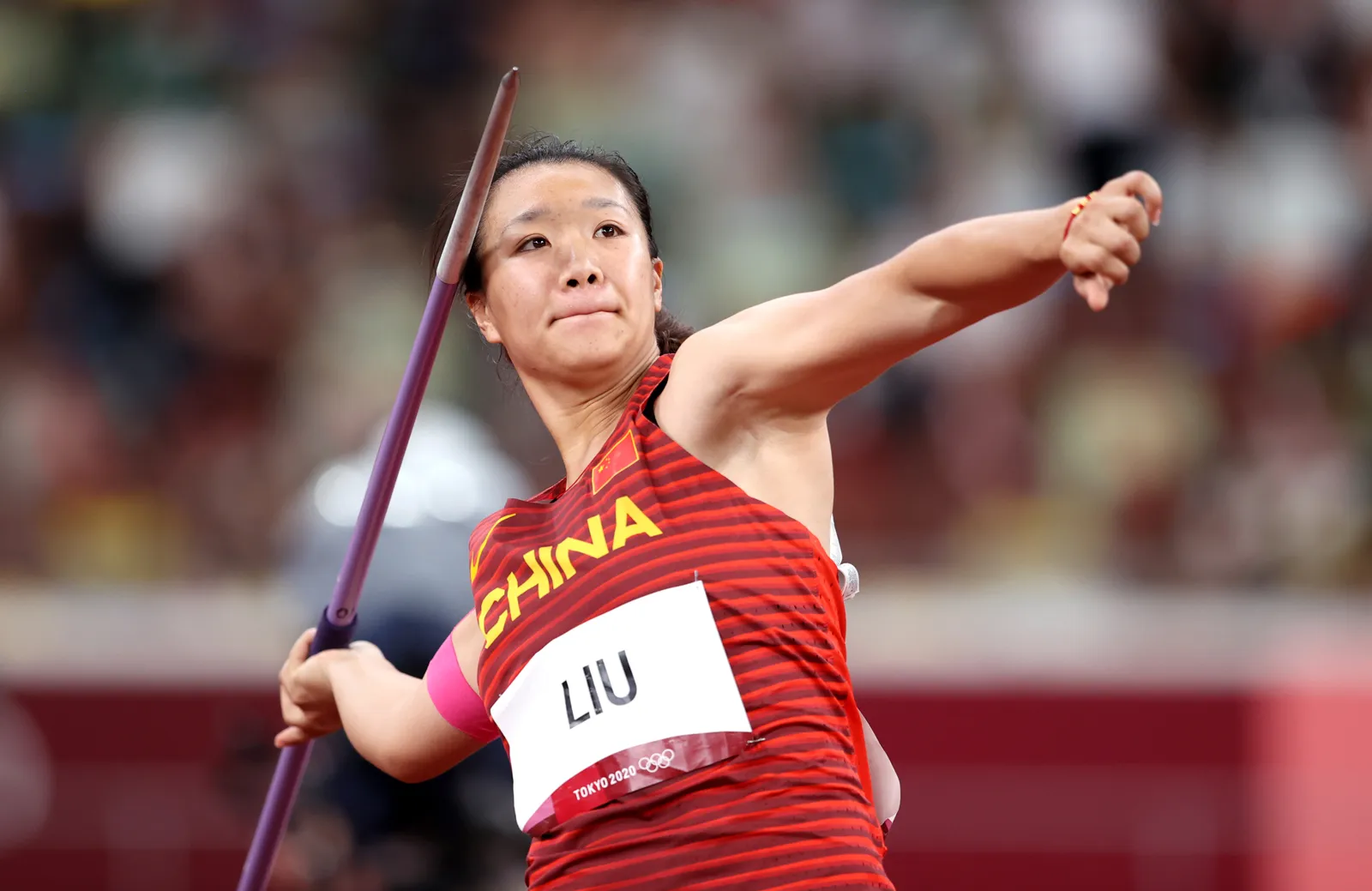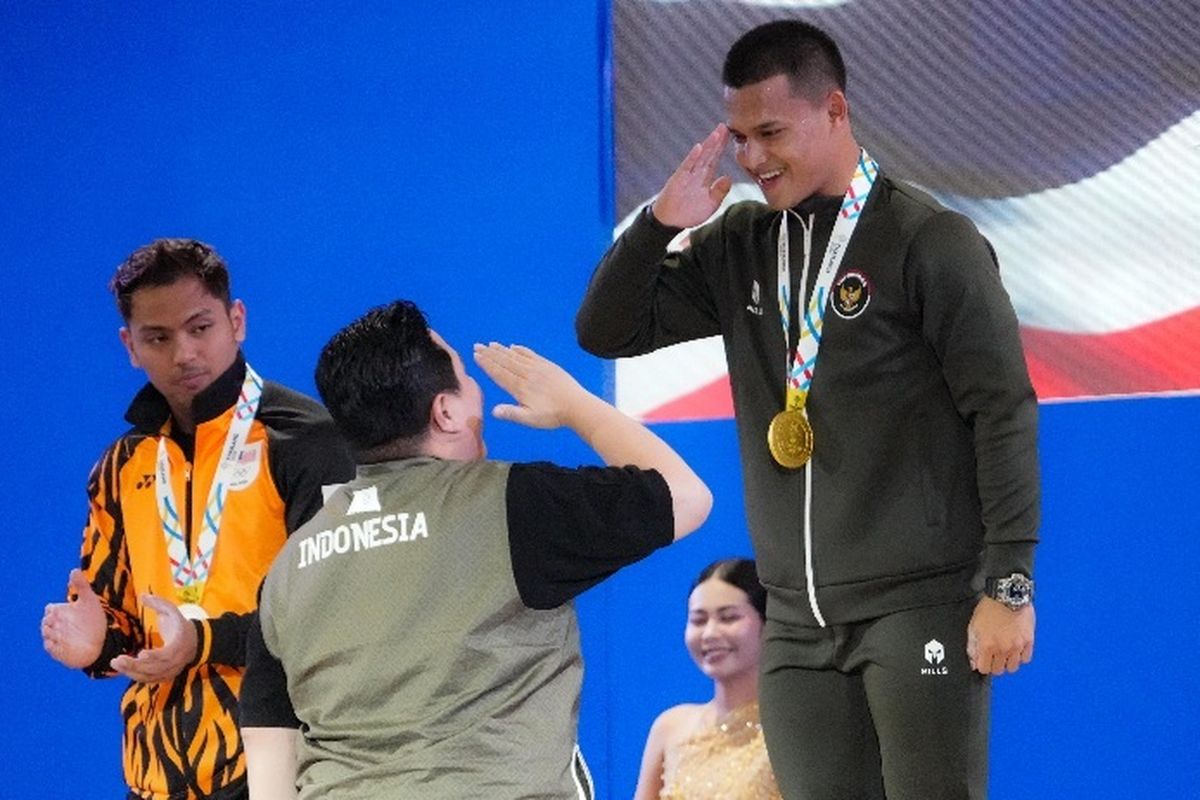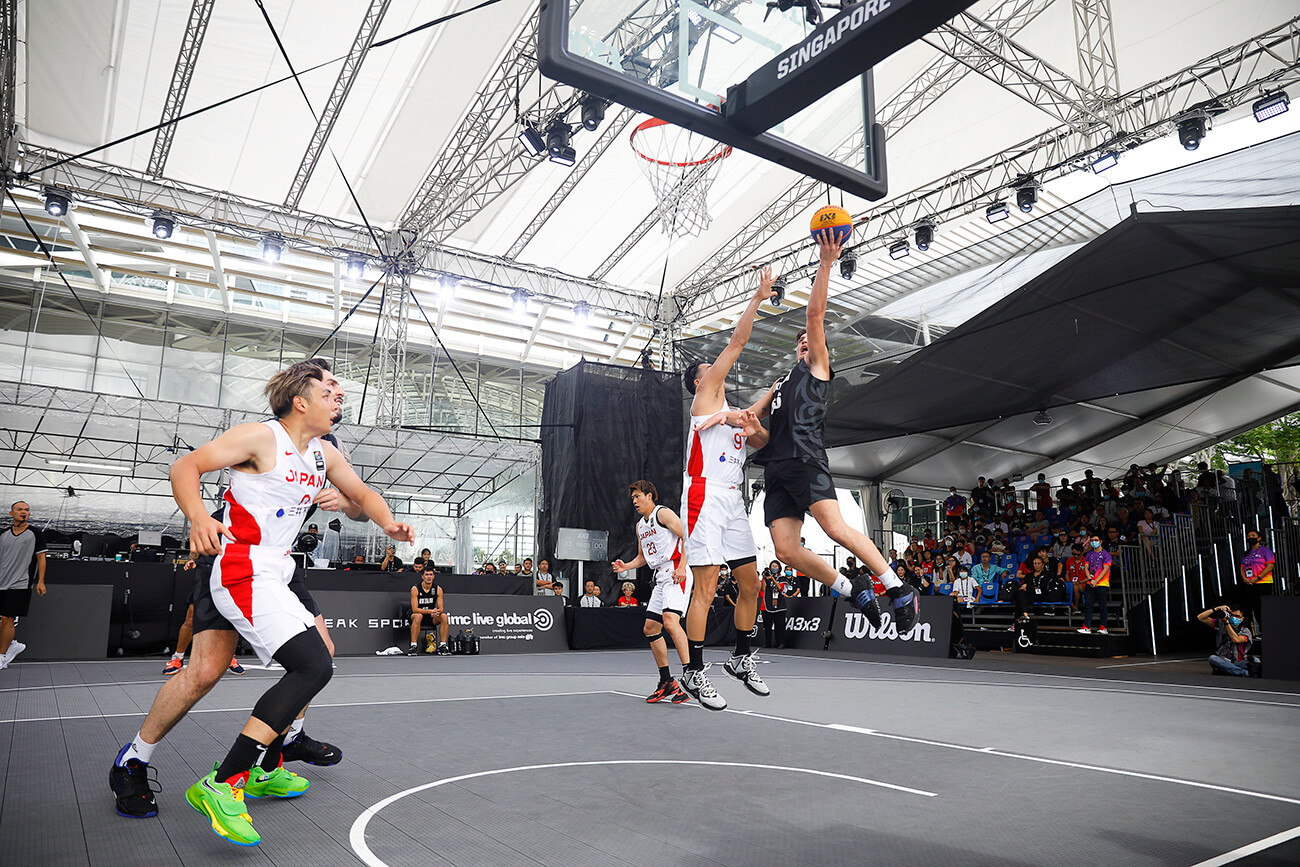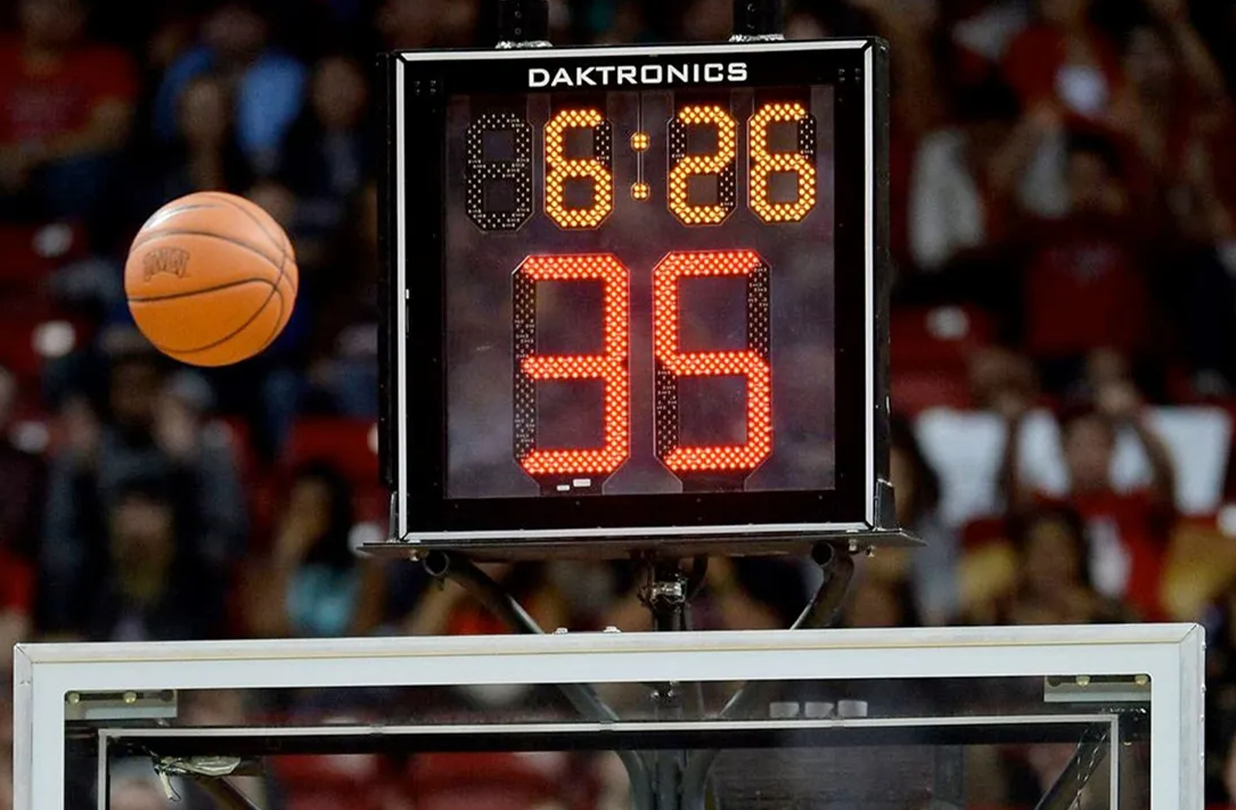amicitaacademy.com – Javelin throw is a captivating and challenging track and field event that combines strength, technique, and precision. It has a rich history dating back to ancient times and continues to be a popular event in modern athletics. This article provides an in-depth look at the sport, including its history, rules, techniques, and the physical and mental attributes required to excel.
History of Javelin Throw
The origins of the javelin throw can be traced back to ancient Greece, where it was a part of the Olympic Games as early as 708 BC. Initially, the javelin was used as a weapon for hunting and warfare. Over time, it evolved into a competitive sport. The modern javelin throw was officially introduced into the men’s Olympic Games in 1908 and the women’s event in 1932.
Equipment
The primary equipment used in javelin throw is the javelin itself. Key specifications include:
- Material: Typically made of metal, composite materials, or aluminum.
- Weight: Men’s javelin weighs 800 grams, while women’s javelin weighs 600 grams.
- Length: The javelin’s length varies between 2.6 to 2.7 meters for men and 2.2 to 2.3 meters for women.
- Design: It features a pointed metal tip and a grip around the center for better handling.
Rules of Javelin Throw
- Throwing Area: Athletes must throw the javelin from within a designated runway, typically 30 to 36.5 meters long.
- Throw Technique: The javelin must be thrown overhand, with the tip pointing forward.
- Landing: The javelin must land tip-first within the marked sector, which spans 29 degrees.
- Measurement: Distance is measured from the point where the javelin first makes contact with the ground to the inner edge of the throwing arc.
- Fouls: Common fouls include stepping beyond the throwing arc, the javelin landing flat, or throwing outside the designated sector.
Techniques and Phases
Successful javelin throwing involves mastering several phases:
- Approach Run: Athletes build speed while maintaining balance and rhythm.
- Withdrawal: The javelin is drawn back, and the body aligns for maximum torque.
- Transition: A crossover step allows the athlete to maintain momentum and prepare for release.
- Release: The javelin is thrown with a combination of speed, strength, and angle.
- Follow-Through: Proper follow-through ensures balance and prevents fouling.
Physical and Mental Attributes
To excel in javelin throw, athletes require a combination of physical and mental skills:
- Strength and Power: Essential for generating force during the throw.
- Speed and Agility: Important for building momentum during the approach.
- Flexibility: Necessary for a wide range of motion and injury prevention.
- Technique: Precision and coordination play a crucial role.
- Mental Focus: Concentration and confidence are key to delivering optimal throws.
Training Tips for Aspiring Javelin Throwers
- Strength Training: Focus on upper body, core, and leg exercises to develop power.
- Drills: Practice various drills to improve approach run, release technique, and accuracy.
- Flexibility Exercises: Incorporate stretching routines to enhance range of motion.
- Video Analysis: Analyze throwing sessions to identify areas for improvement.
- Seek Coaching: Expert guidance can help refine technique and develop a tailored training program.
Notable Javelin Throw Athletes
- Jan Železný (Czech Republic): Widely regarded as one of the greatest javelin throwers, with three Olympic gold medals and multiple world records.
- Barbora Špotáková (Czech Republic): A two-time Olympic gold medalist and former world record holder in women’s javelin throw.
- Neeraj Chopra (India): The first Indian athlete to win an Olympic gold medal in javelin throw (Tokyo 2020).
Conclusion
Javelin throw is a dynamic and skillful sport that requires a blend of athleticism, technique, and mental toughness. Whether you’re an aspiring athlete or a fan of track and field, understanding the intricacies of this sport can deepen your appreciation for the remarkable feats achieved by javelin throwers on the global stage.






